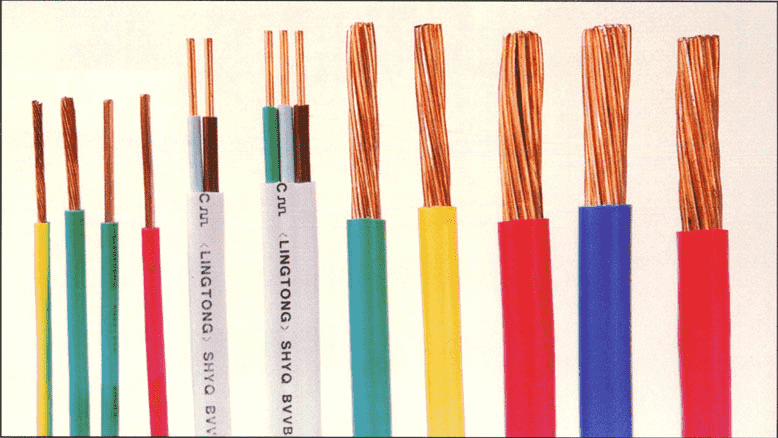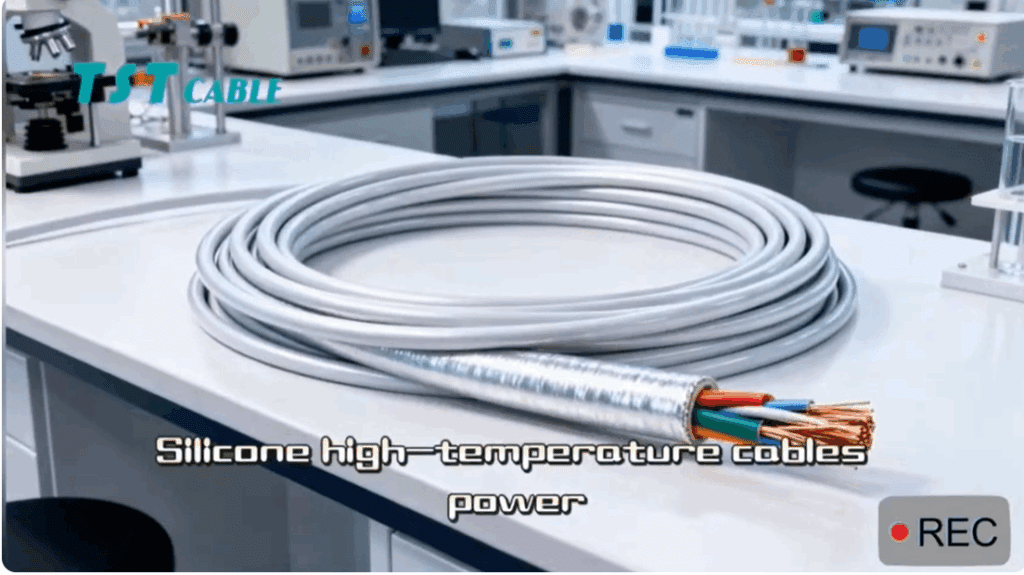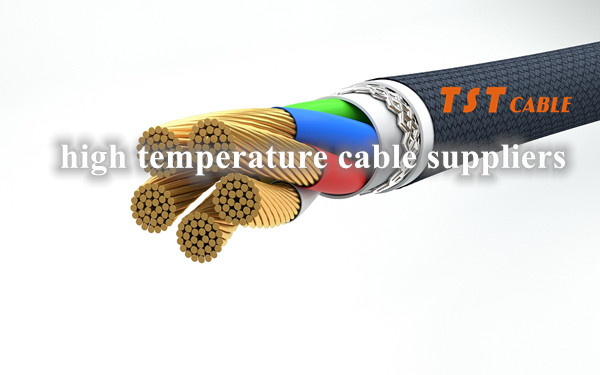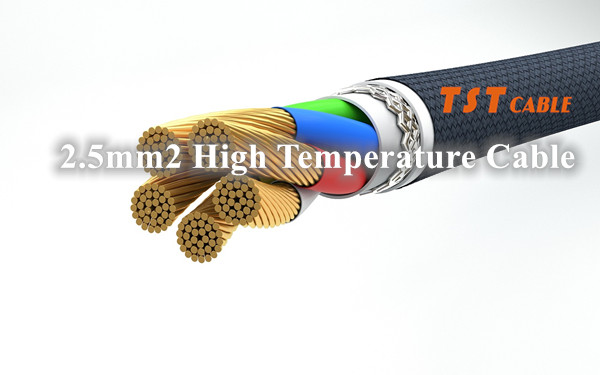High-temperature heating cables may encounter some common faults during use, which may affect their normal operation or cause safety hazards. Understanding these common faults will help take preventive measures and perform maintenance in a timely manner. The following are some common faults of high-temperature heating cables and their causes:
Common faults and causes of high-temperature heating cables
- Local overheating
Cause: Due to improper cable laying (such as too small bending radius, overlapping laying), or due to external factors, the heat dissipation of a certain section of the cable is poor, causing the local temperature to be too high.
Consequence: It may cause the insulation layer to age faster and even cause a fire. - Insulation damage
Cause:
Mechanical damage during installation.
Long-term exposure to harsh environments (such as corrosive gases and high humidity) leads to a decrease in the performance of insulation materials.
Excessive working voltage exceeds the rated value of the cable, causing electrical breakdown.
Consequence: Short circuit, leakage, and in severe cases, electrical accidents. - Joint failure
Cause: The joint manufacturing process is poor and the connection is not firm; the joint is not well sealed, and water enters and is damp; the joint is loose or oxidized after long-term use.
Consequences: Increased contact resistance, increased heat generation, and eventually the joint may burn out. - Cable breakage
Causes:
The cable is subjected to external impact force.
The cable becomes hard and brittle in a low temperature environment.
The internal structure of the cable is defective and gradually deteriorates in repeated heating and cooling cycles.
Consequences: The circuit is interrupted and the power supply and heating cannot be supplied normally. - Power attenuation
Causes: As the service life increases, the cable material ages and the resistivity increases, resulting in the actual output power being lower than the design value.
Consequences: The heating effect is weakened and the expected temperature control requirements cannot be met. - Control system failure
Causes: Failure or incorrect setting of control elements such as thermostats and sensors; power supply fluctuations affect the stability of the controller.
Consequences: Failure to accurately adjust the temperature may lead to overheating or insufficient heating.
Prevention and maintenance recommendations for high-temperature heating cables
Reasonable design and installation: Ensure that the cable is laid correctly in the manner recommended by the manufacturer to avoid excessive bending and stretching.
Regular inspections: Regularly inspect the installed cable system, especially those parts that are susceptible to physical damage or environmental erosion.
Protective measures: For cables exposed to the outside, additional protective measures should be considered, such as using sheath tubes or other protective devices.
Monitor system status: Use modern technical means, such as intelligent monitoring systems, to monitor the working status of cables in real time and detect abnormal conditions in a timely manner.
Train personnel skills: Improve the professional knowledge level of operators and maintenance personnel to ensure that they can properly handle daily maintenance tasks as well as emergency situations.
By identifying and understanding the causes of the above common failures, effective prevention strategies can be developed to extend the service life of high-temperature heating cables and ensure the safe and stable operation of the system. At the same time, it is also essential to establish a comprehensive maintenance plan, which can help detect problems in advance and reduce the possibility of failures. If you have any questions or concerns about your high-temperature cable, please send us an email for consultation.





